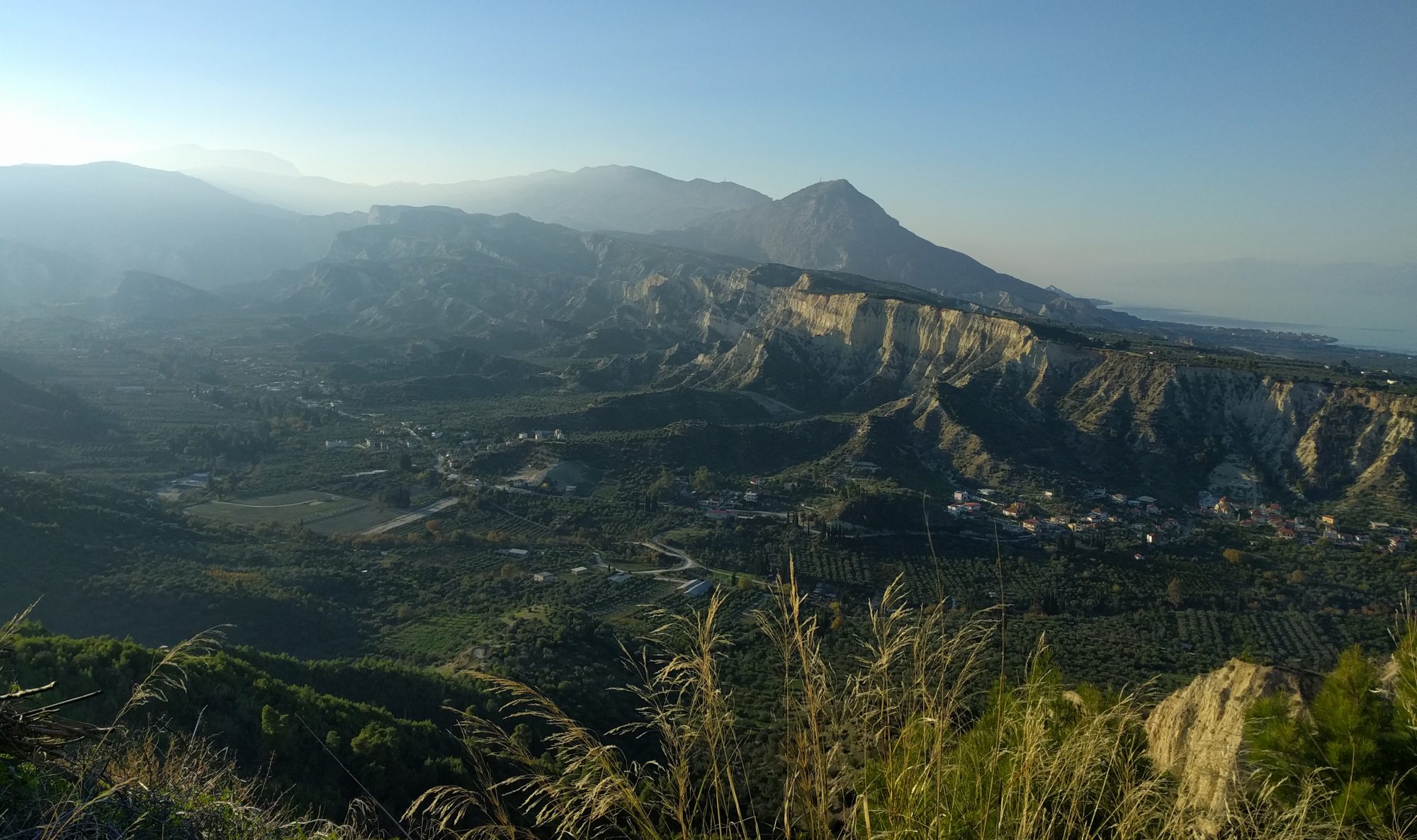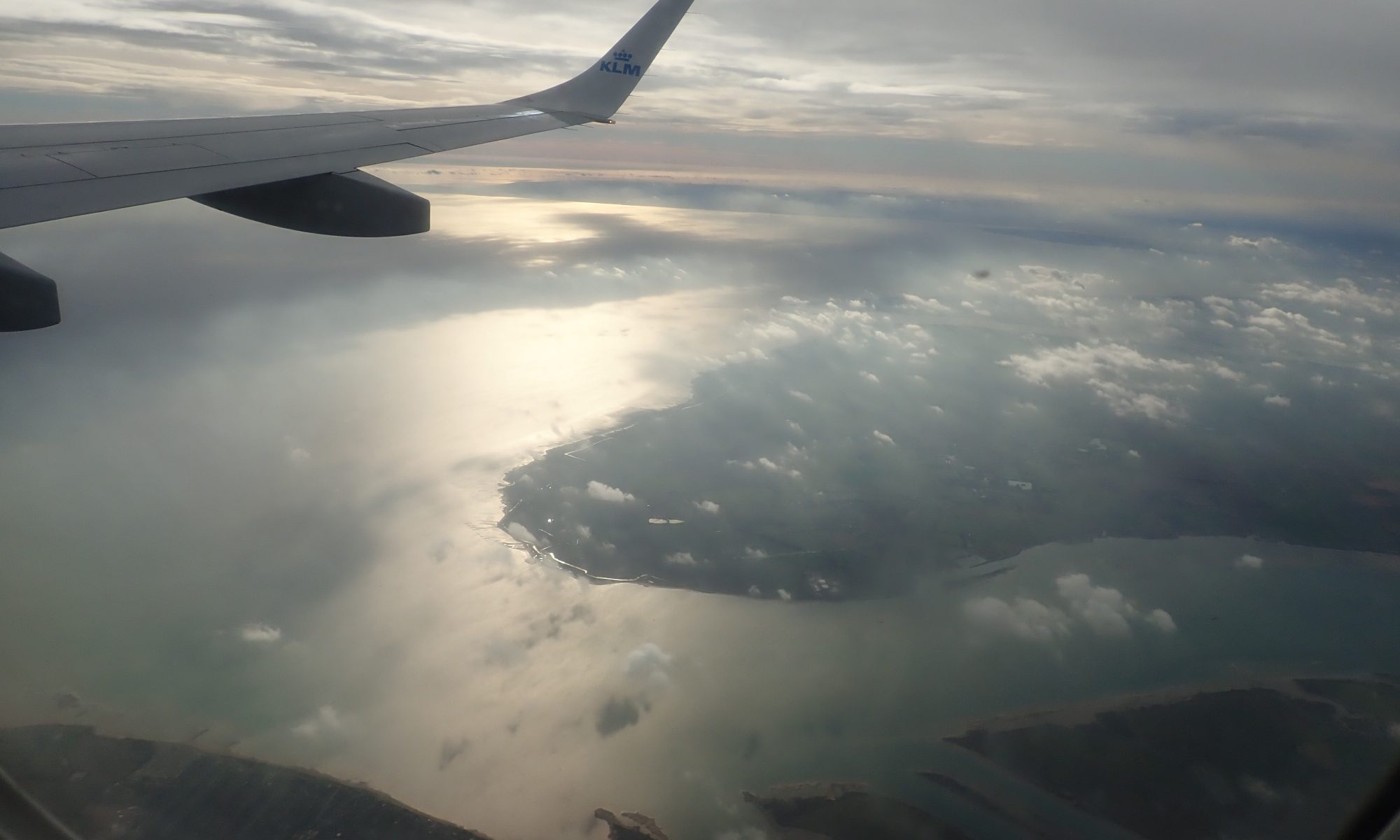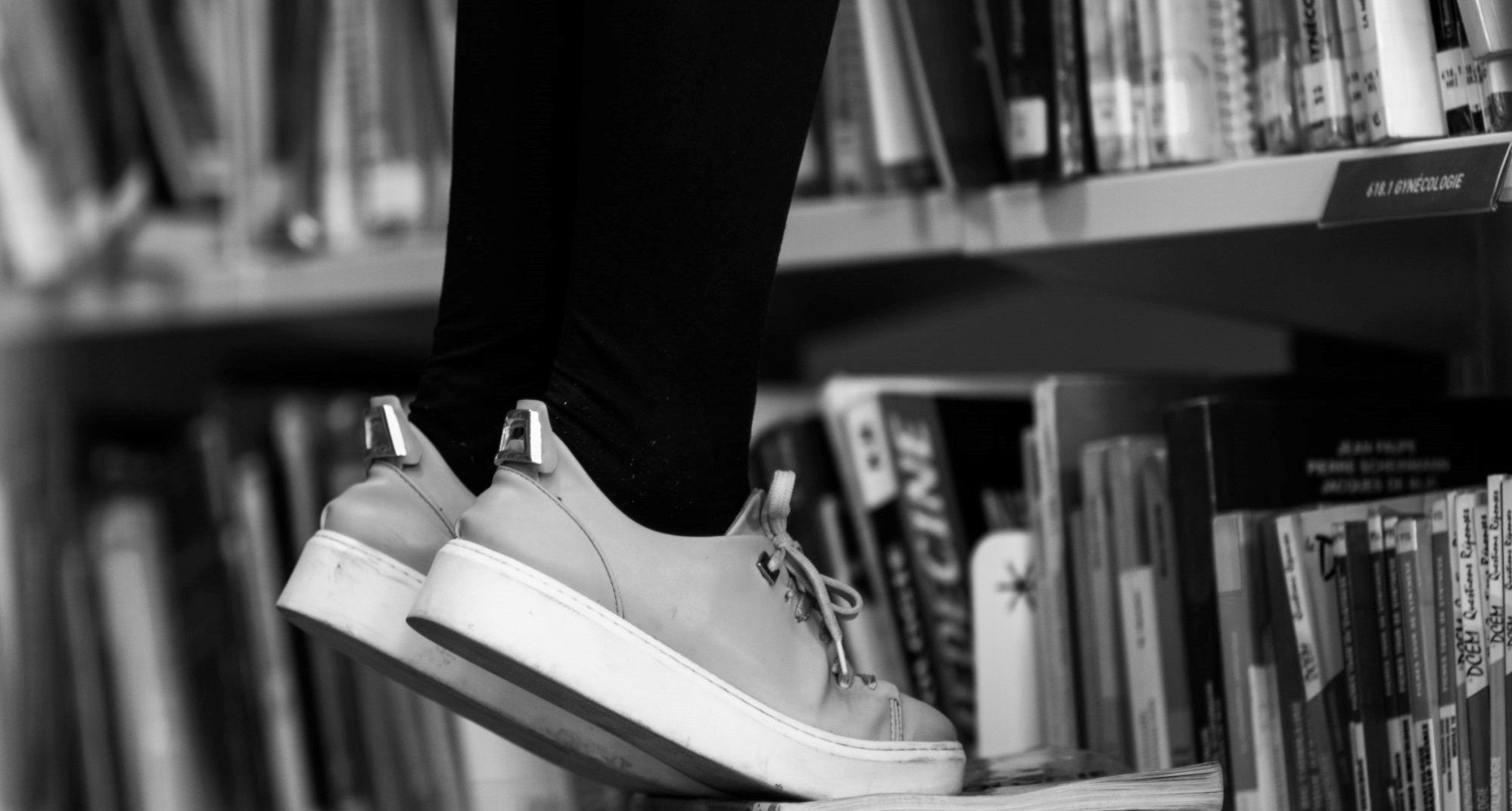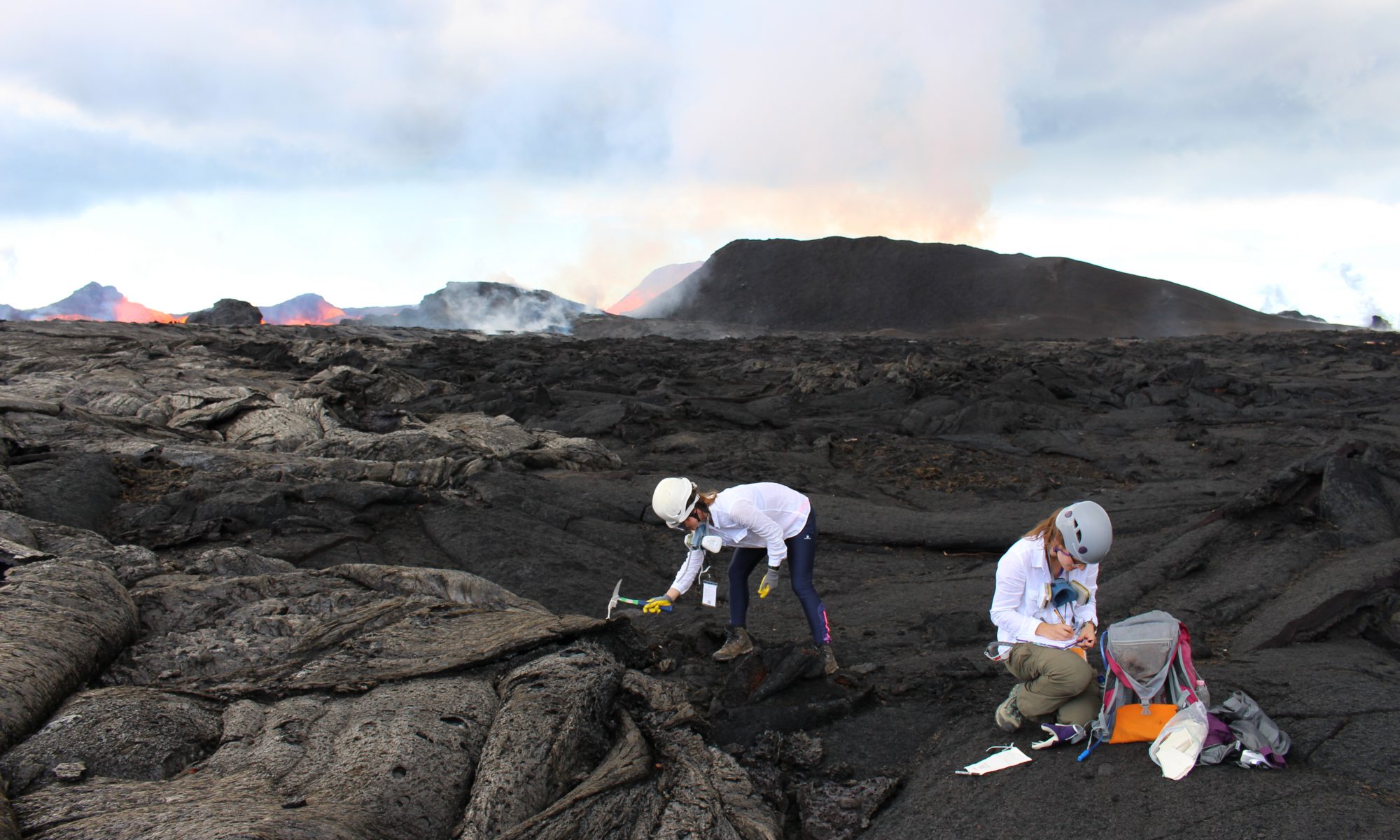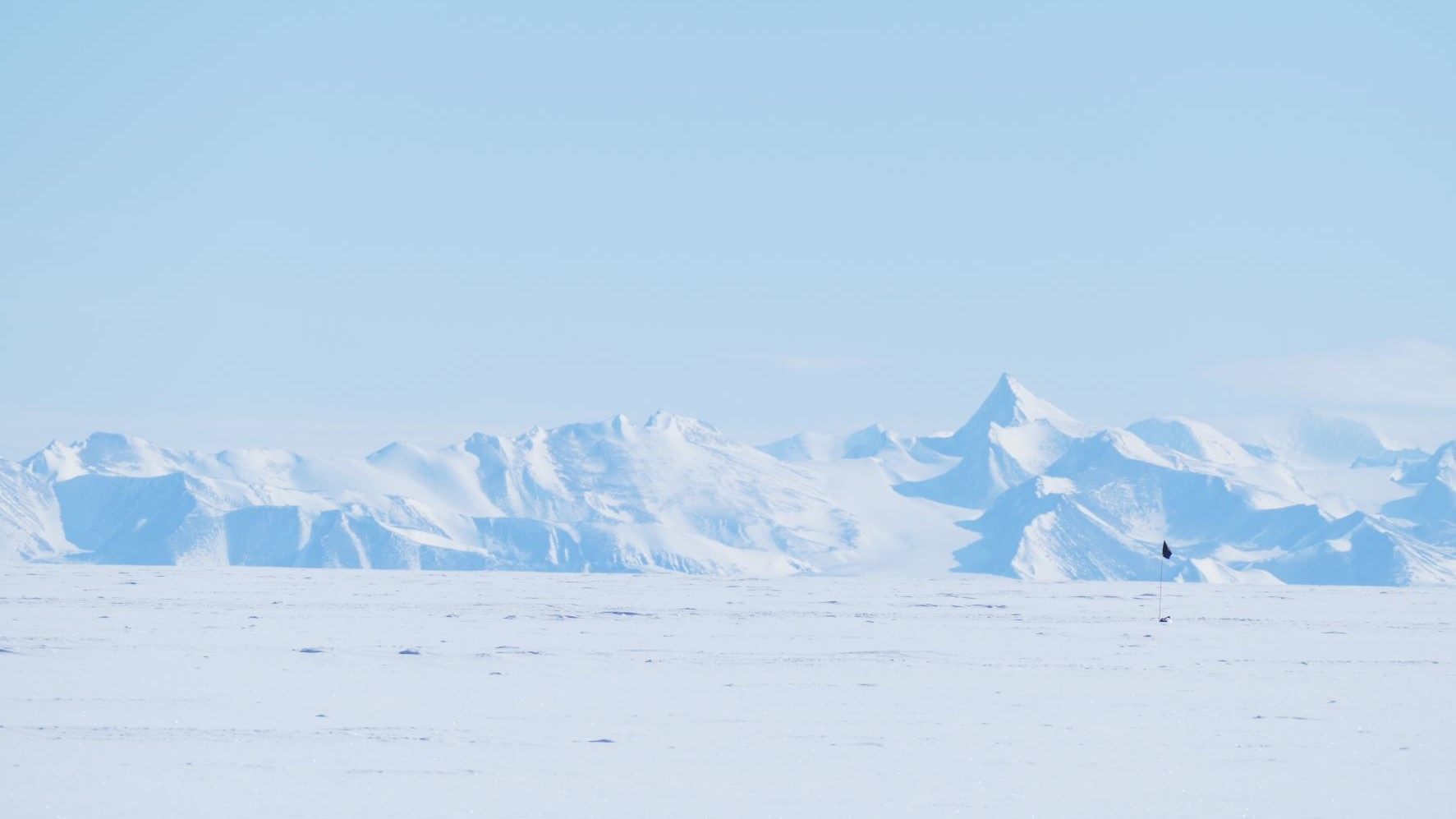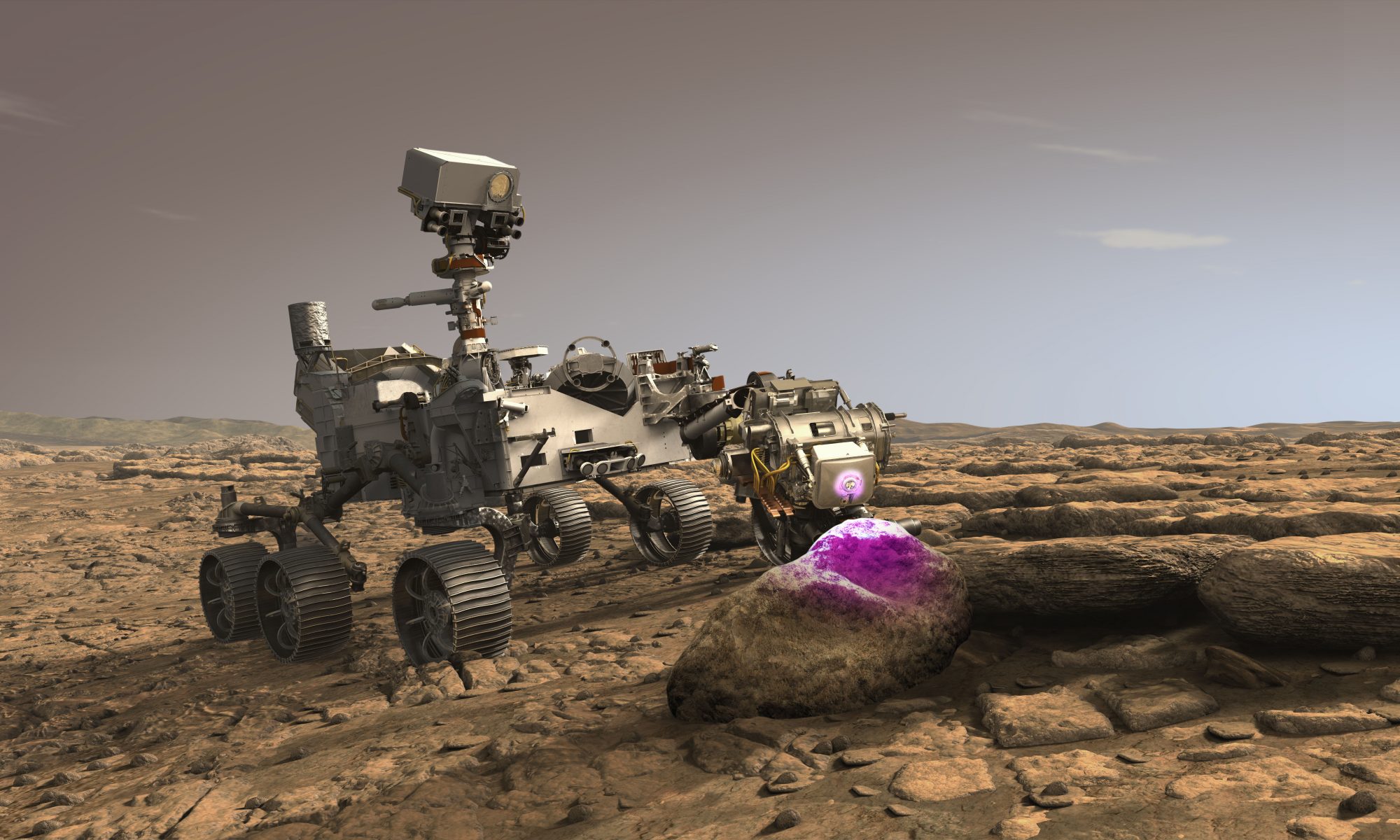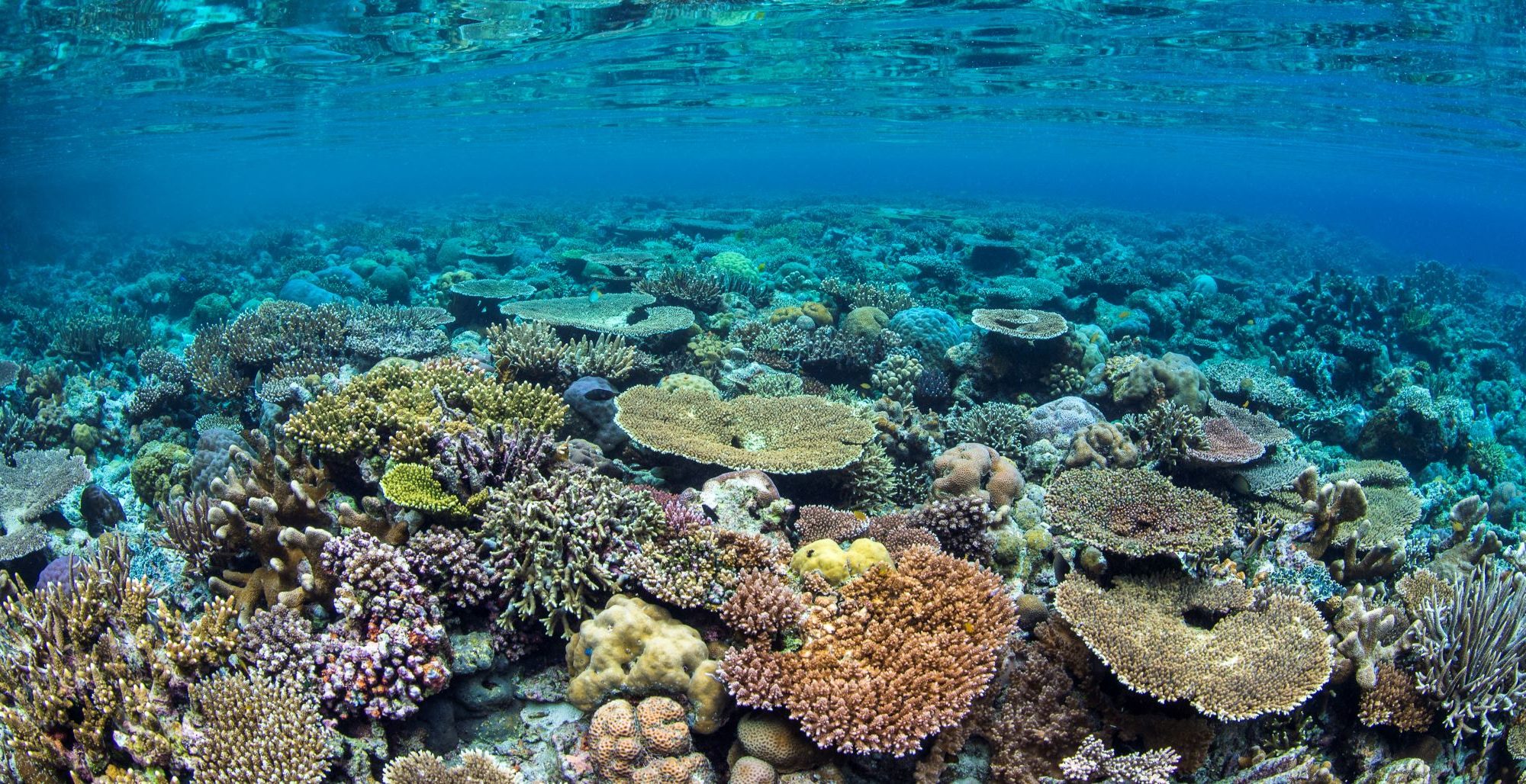It was an emotional journey. Nose pressed to the small oval of glass as London City Airport was left far below, I smiled wistfully down at the River Thames, golden in the rising sun’s first rays, as it made its final sweeping arc to meet the sea. The cut-out shapes of the Kent marshes, and the Isle of Sheppey beyond; home to a plethora of birdlife now as ever, is a place of special significance for me. Not only was it the intended destination of my first ever birdwatching trip, aged nine, but from this same London Clay Formation laid down in the Eocene, over 50 million years ago, came the first fossilised skull of a very remarkable bird. With jaws lined with bony projections of different sizes, like lobster claws, it was unlike any bird known.
Continue reading “Birds of a feather: Katrina van Grouw on art and science”In Conversation with Prof. Helen Williams
Prof Helen Williams joined the Department of Earth Sciences in 2016 and is currently Professor of Geochemistry. She reflects on her life and work with Erin Martin-Jones.
Continue reading “In Conversation with Prof. Helen Williams”Celebrating International Women’s Day 2022
To mark International Women’s Day (8 March), we reflect on and celebrate the role of women within our organization.
International Women’s Day is a time to reflect on achievements and progress made, recognize challenges and focus greater attention on women’s rights and achieving equal opportunity status in all walks of life.
We look back over a year of research news and blog posts from women in our Department; from graduate students to lecturers and staff at the Sedgwick Museum. Through their stories, and in their own words, we hope to reveal the breadth of research and educational activities that women undertake across our organization.
Continue reading “Celebrating International Women’s Day 2022”The Sedgwick: Museum on a mission – Part IV
PART IV of our blog series explores how the Sedgwick Museum is challenging perceptions and changing experiences, continuing with a peak into the archives.
Sandra Freshney’s work aims to bring the archive closer to the public and challenge assumptions about what geology and geologists traditionally look like. Her work includes allowing quieter voices in the department’s history to be heard. Here she gives us a greater look into the work she is doing.
Continue reading “The Sedgwick: Museum on a mission – Part IV”Celebrating International Day of Women and Girls in Science 2022
Today is International Day of Women and Girls in Science (11 February), a celebration of women and girls in science led by UNESCO and UN-Women.
In this blog post, we bring together stories from women researchers across our Department to highlight the variety of roles within Earth Sciences.
To mark this day, we asked our researchers what pieces of equipment or items they rely on for their everyday research – whether they spend most of their time collecting data in the lab, field or via computer models.
Continue reading “Celebrating International Day of Women and Girls in Science 2022”WACSWAIN: Time and ice
My last blog about the WACSWAIN project was in February 2020. We had just started the chemical analysis of our 651-metre-long ice core from Skytrain Ice Rise (Antarctica). The theme of this article is time – the first aspect being that a lot of time has since passed. Soon after I wrote last, our labwork was completely shut down by the pandemic, some of the team went back to their families in other countries, and we all learnt what Zoom meetings were.
Continue reading “WACSWAIN: Time and ice”Updates from Nick Tosca and the Mars 2020 Perseverance mission
Nick Tosca, Professor of Mineralogy and Petrology, is a member of the core science team for the Mars Perseverance 2020 mission. In this blog post Erin finds out how Nick has adapted to life as a researcher with NASA and gets the inside scoop on the first tantalising results.
Continue reading “Updates from Nick Tosca and the Mars 2020 Perseverance mission”Corals on climate, and why they are even cooler than you already think
There is a lot to be said about corals: their diverse beauty, their importance for marine ecosystems and, of course, their plight against climate change and warming oceans. And yet this only begins to scratch the surface of these complex, mesmerizing and somewhat alien animals.
Continue reading “Corals on climate, and why they are even cooler than you already think”